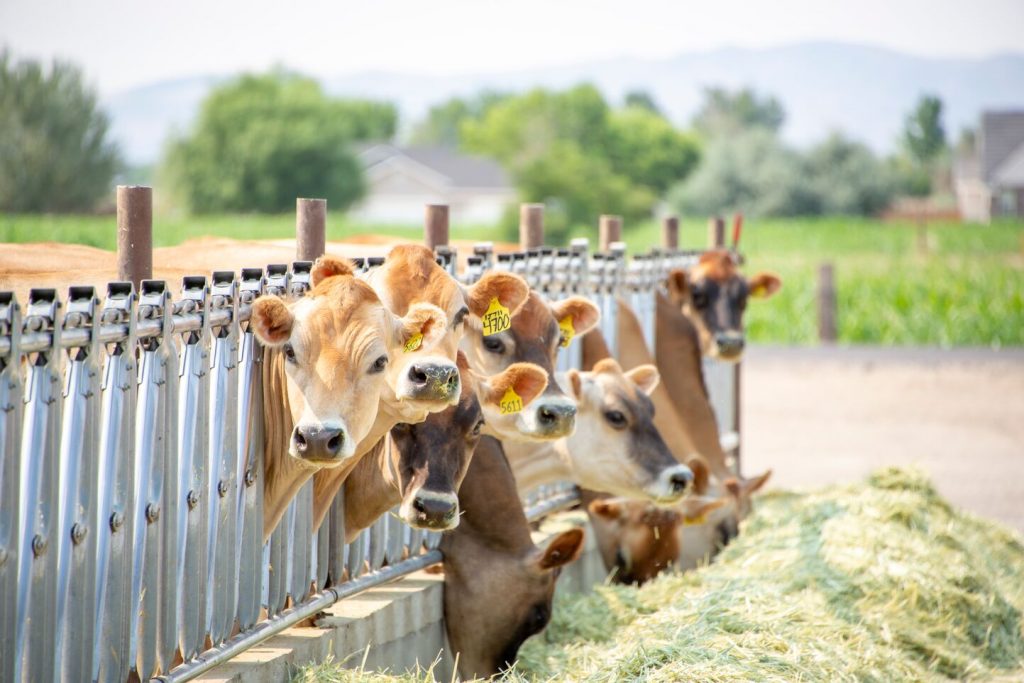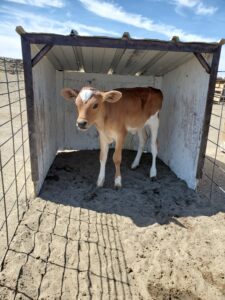Sustainability on the farm is nothing new. For centuries, farmers have learned to make the most out of their resources to provide food for their families, friends, and communities. With hot topics like sustainability circulating, it’s important we discuss the truth about Dairy’s environmental footprint and the modernized way of farming. As farmers, we have maintained our duty to be stewards of the land and over the years, we’ve adapted our methods to follow suit with what best serves our planet.
The Bigger Picture
While dairy contributes only two percent of the world’s greenhouse gas emissions, The National Dairy Council has committed to reaching greenhouse gas neutrality and optimizing and improving the quality and use of our water by 2050. So, how are these goals accomplished on the dairy farms you might ask? Let’s jump into the nitty-gritty and discuss just how our farmers have already taken strides toward meeting these goals.
Recycling Our Waste
Cow manure is increasingly popular among those who tend to gardens at home, however, farmers have been repurposing cow manure for decades. The differentiators between cow manure and store-bought soil are immense. Cow manure is incredibly cost-effective for farmers, it’s packed with recyclable components like nutrients, organic matter, fiber, solids, and energy, and, when recycled, alleviates the harmful effects of manure treated as waste. Our farmers use cow manure to facilitate the growth of their crops, like alfalfa, which they use to feed cows. Additionally, recycling cow manure reduces the need for commercial chemical fertilizers, ultimately reducing the use of chemicals on the farm.
Making The Most Of What We Have
Greenhouse gasses like methane are harmful to the environment, but methane can be used as a source of energy when recycled. In an effort to achieve greenhouse gas neutrality, some of our farmers use methane digesters. A methane digester is an oxygen-less closed tank that works to break down organic material like cow manure to produce biogas. Biogas can be converted into electricity, natural gas, and fuel for vehicles. These nifty digesters also work to create compost, comfortable cow bedding, and fertilizers.
Reclaiming Our Water
Located in the barren desert, water is a precious resource, especially to farmers. While there are a variety of different needs for water on the farm, it’s important that we find ways to reuse and recycle our water. Our farmers understand this and reclaim and reuse their water three to four times on the farm. Water is used to hydrate cows, clean their feeding bins, irrigate crops, mist off cows, and clean barns. By recycling water across the farm, in just ten years, the water needed to produce one glass of milk has been reduced by 30 percent.
Looking Ahead
Farmers are working hard to achieve greenhouse gas neutrality, and optimize and improve our water by 2050, and we’ve made movement in attaining these goals with the modernization of our farm practices. As of 2007, producing one glass of milk had a 63 percent smaller carbon footprint than in 1944. And in 2017, producing a glass of milk had a 19 percent smaller carbon footprint than in 2007. Farmers will continue to innovate their practices to reach greenhouse gas neutrality, improve water quality, and optimize their use of water.
Our farmers are dedicated to giving back to the land that gives so much to them. By taking care of the planet, farmers can guarantee they’re upholding ethical farming standards and innovating their practices to the best they can be.



